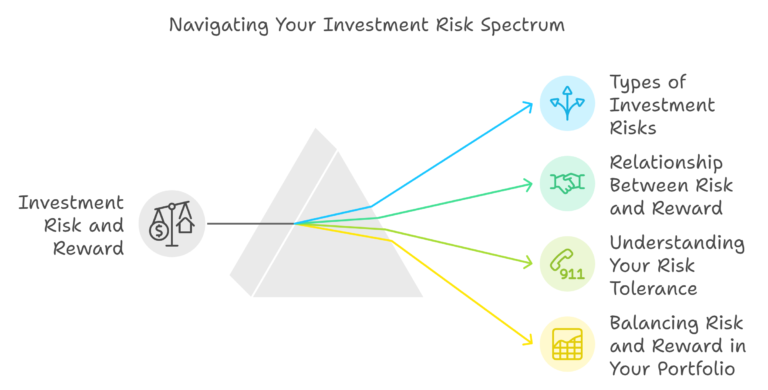In the world of investing, the Price-to-Earnings (P/E) ratio is a fundamental metric used to assess the value of a company’s stock. It measures a company’s current share price relative to its per-share earnings. A low P/E ratio can signal that a stock is undervalued, making it an attractive option for value investors. In this blog, we will explore the advantages of investing in low P/E stocks, the risks involved, and how to identify potential opportunities in the market.
Understanding the P/E Ratio
The P/E ratio is calculated by dividing the current market price of a stock by its earnings per share (EPS). For example, if a company’s stock is trading at $50 and its EPS is $5, the P/E ratio would be 10. This means investors are willing to pay $10 for every dollar of earnings.
Why Invest in Low P/E Stocks?
1. Value Investing Philosophy:
– Value investing, popularized by legendary investors like Benjamin Graham and Warren Buffett, involves identifying undervalued stocks that have strong fundamentals. Low P/E stocks often fit this criterion, as they may be trading below their intrinsic value.
2. Potential for High Returns:
– Low P/E stocks have the potential to deliver substantial returns if the market eventually recognizes their true value. As the stock price adjusts upwards, investors can reap significant capital gains.
3. Margin of Safety:
– Investing in low P/E stocks provides a margin of safety. Since these stocks are already trading at a discount, the downside risk is limited compared to high P/E stocks, which may be overvalued and susceptible to price corrections.
4. Income Generation:
– Many low P/E stocks are mature companies that pay dividends. These dividends provide a steady income stream, making low P/E stocks appealing to income-focused investors.
Identifying Low P/E Stock Opportunities
1. Fundamental Analysis:
– Conduct thorough fundamental analysis to ensure that the low P/E ratio is justified. Analyze the company’s financial health, revenue growth, profit margins, debt levels, and cash flow. A low P/E ratio due to strong fundamentals indicates a potentially undervalued stock.
2. Industry Comparison:
– Compare the P/E ratios of companies within the same industry. A stock with a lower P/E ratio than its peers may be undervalued. However, consider industry-specific factors that could influence the P/E ratios.
3. Growth Prospects:
– Assess the company’s growth prospects. A low P/E ratio may be due to temporary challenges or market misperceptions. If the company has strong growth potential, it could be a great investment opportunity.
4. Market Sentiment:
– Be aware of market sentiment and broader economic conditions. Sometimes, a low P/E ratio may result from negative market sentiment rather than fundamental issues. Identifying stocks unfairly punished by market sentiment can be lucrative.
Risks of Investing in Low P/E Stocks
1. Value Traps:
– Not all low P/E stocks are good investments. Some may be low for valid reasons, such as declining business prospects, poor management, or structural industry changes. These are known as value traps.
2. Economic Downturns:
– During economic downturns, low P/E stocks can remain depressed for extended periods. Patience and a long-term investment horizon are essential.
3. Market Misjudgment:
– The market may take longer than expected to recognize the true value of a low P/E stock. This requires investors to have patience and conviction in their analysis.
Conclusion
Investing in low P/E stocks can be a rewarding strategy for those who are diligent in their research and patient in their investment approach. By focusing on fundamentally strong companies with good growth prospects, value investors can uncover hidden gems that the market has overlooked. However, it is crucial to remain vigilant and avoid value traps by conducting comprehensive analysis. With careful selection and a long-term perspective, low P/E stocks can add significant value to an investment portfolio.
Happy investing!





